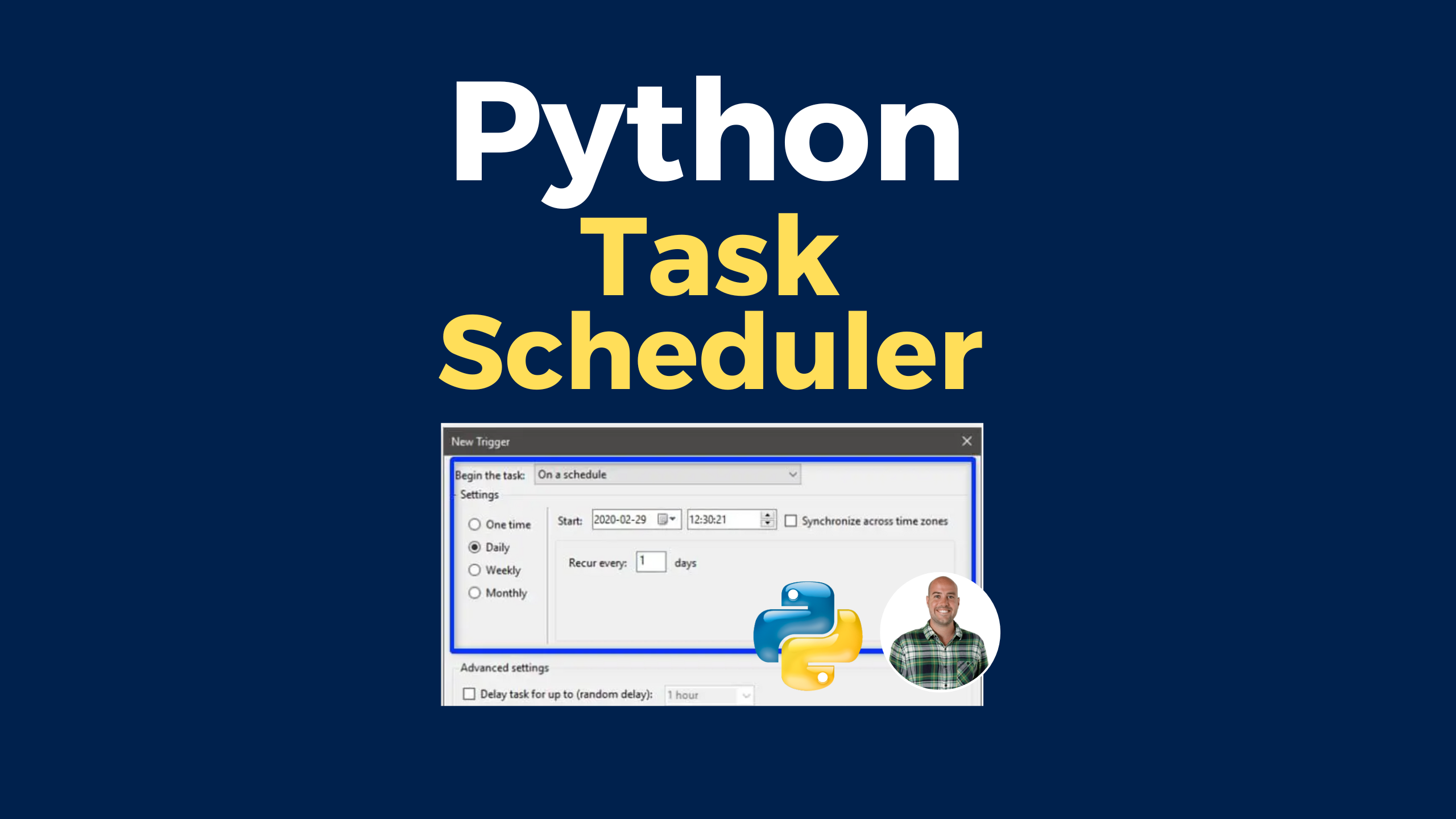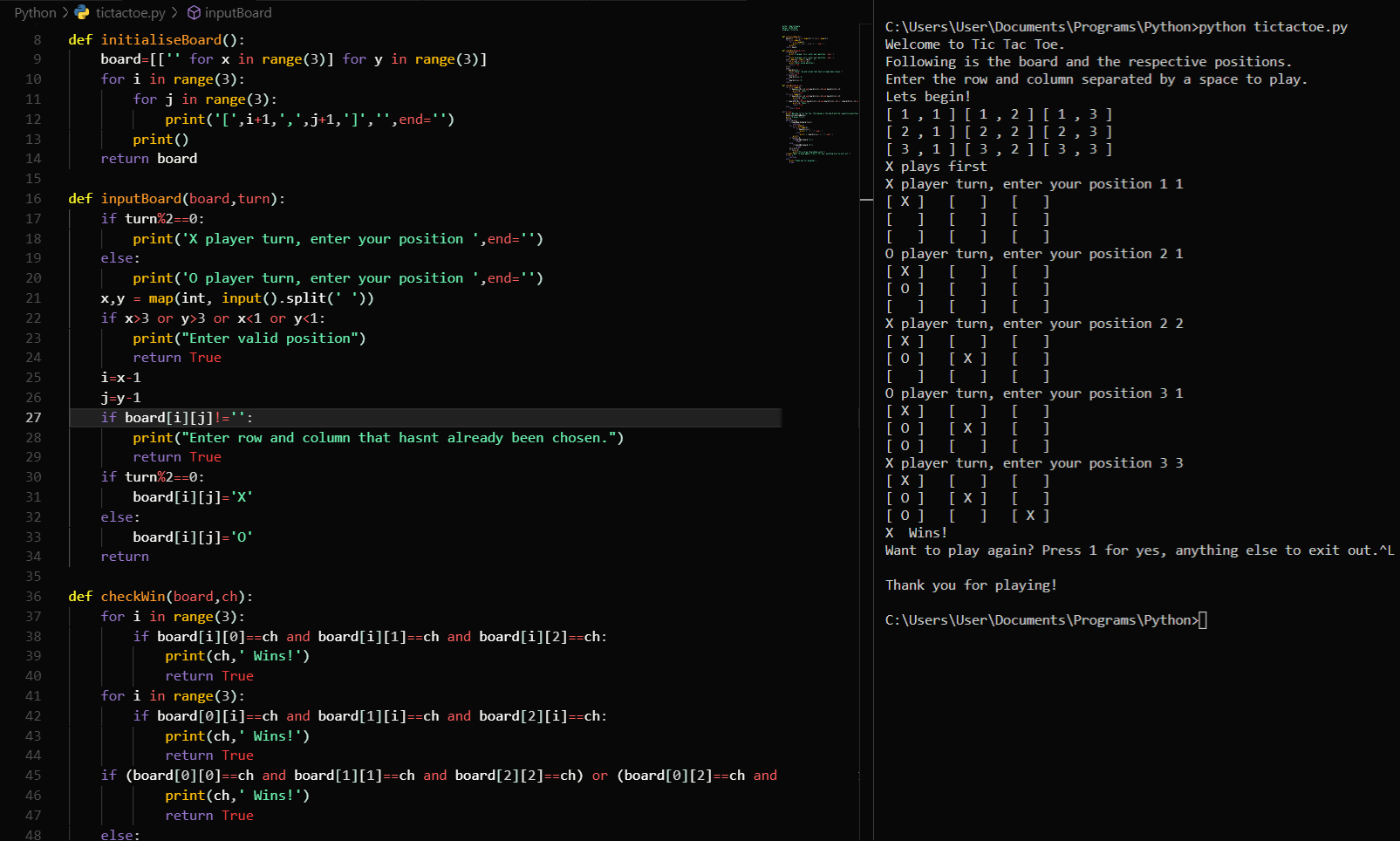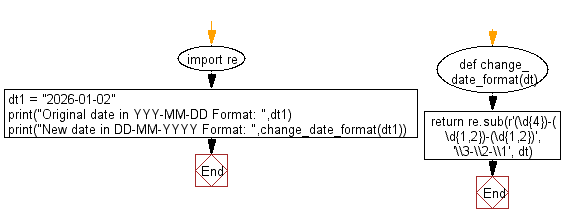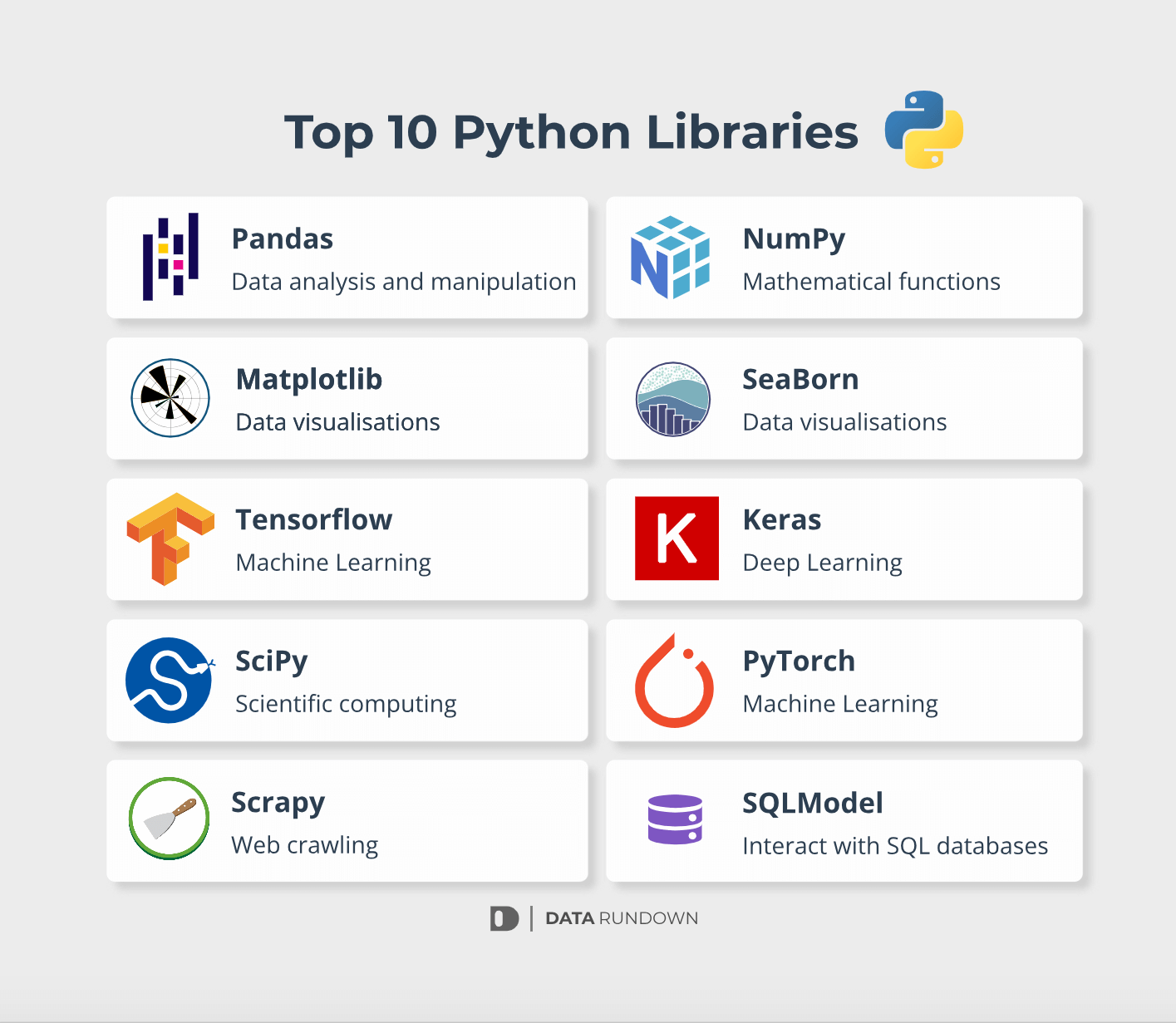What is the difference in list comprehension Python?
What is the difference in list comprehension Python?

I'm glad you asked!
List comprehension is a powerful feature in Python that allows you to create new lists from existing ones with a concise syntax. It's often used when working with lists, dictionaries, and other iterable data structures.
What is the difference between list comprehension and for loops?
The main difference between list comprehension and for loops lies in their syntax and readability. Here are some key differences:
Syntax: List comprehensions have a unique syntax that's both concise and readable:[expression for item in iterable]. For loops, on the other hand, require explicit variable assignments and looping statements.
Example:
Readability: List comprehensions are generally more readable than for loops, especially when working with complex expressions or nested iterations.# List comprehension
fruits = ['apple', 'banana', 'cherry']
result = [fruit.upper() for fruit in fruits]
print(result) # Output: ['APPLE', 'BANANA', 'CHERRY']
For loopfruits = ['apple', 'banana', 'cherry']
result = []
for fruit in fruits:
result.append(fruit.upper())
print(result) # Output: ['APPLE', 'BANANA', 'CHERRY']
Example:
Efficiency: List comprehensions are often faster than for loops due to the optimized iteration mechanisms used by Python's interpreter.# List comprehensionnumbers = [1, 2, 3, 4, 5]
result = [x**2 for x in numbers if x % 2 == 0]
print(result) # Output: [4, 16]
For loopnumbers = [1, 2, 3, 4, 5]
result = []
for x in numbers:
if x % 2 == 0:
result.append(x**2)
print(result) # Output: [4, 16]
Example (benchmarking):
Flexibility: List comprehensions can be combined with other control structures, such asimport timeitnumbers = list(range(1000))
List comprehensionstart_time = timeit.default_timer()
result = [x**2 for x in numbers]
print("List comprehension:", timeit.default_timer() - start_time)
For loopstart_time = timeit.default_timer()
result = []
for x in numbers:
result.append(x**2)
print("For loop:", timeit.default_timer() - start_time)
if, elif, and else statements, to create more complex transformations.
Example:
numbers = [1, 2, 3, 4, 5]result = [x if x % 2 == 0 else x**2 for x in numbers]
print(result) # Output: [1, 4, 9, 16, 25]
In summary, list comprehensions provide a concise and readable way to create new lists from existing ones, while for loops offer more control and flexibility. By understanding the differences between these two constructs, you can choose the most appropriate approach for your specific use case.
Are list comprehensions faster in Python?

I'm happy to respond in English for you this time.
The age-old debate about whether list comprehensions are faster than loops in Python has been a topic of discussion among developers and enthusiasts alike. In general, the performance difference between the two is often negligible, especially when dealing with small lists or moderate-sized datasets. However, as the size of your data grows, the speed benefits of using list comprehensions can become more pronounced.
One of the primary reasons why list comprehensions are generally faster than loops is that they operate at a lower level of abstraction than traditional for-loops. When you use a list comprehension, Python's interpreter doesn't need to create an explicit loop and associated variables. Instead, it uses a specialized syntax that allows the language to optimize the code generation process.
In particular, when you write a list comprehension like this:
result = [x**2 for x in range(100)]
Python generates equivalent code that is similar to what you would get if you wrote a traditional loop using a for statement and an append operation. However, the compiler can perform various optimizations on the generated code to make it more efficient.
Some of these optimizations include:
Inlining: Python's interpreter inlines the function call associated with the list comprehension, which eliminates the overhead of creating and calling a separate function. Loop unrolling: The language optimizes the loop generation process by using techniques like loop unrolling, which reduces the number of iterations needed to complete the computation. Register allocation: Python's Just-In-Time (JIT) compiler can allocate registers more effectively for the list comprehension code, reducing memory access and increasing execution speed.These optimizations collectively contribute to a performance advantage for list comprehensions over traditional loops. In some cases, this difference can be significant enough to warrant using list comprehensions in situations where you would typically reach for a loop.
That being said, it's essential to note that the performance benefits of list comprehensions are typically more pronounced when dealing with large datasets or computationally intensive operations. If your data is small or you're performing simple computations, the difference between list comprehensions and traditional loops may be negligible.
In conclusion, while the speed difference between list comprehensions and traditional loops in Python is often minor for small to moderate-sized datasets, list comprehensions can still offer a performance advantage due to their optimized code generation process. As your data grows or you need to perform more complex computations, using list comprehensions can lead to measurable improvements in execution time.
I hope this explanation has been enlightening!






























